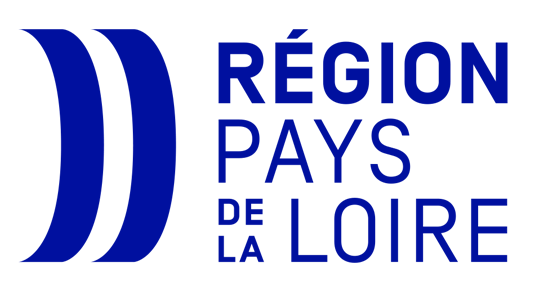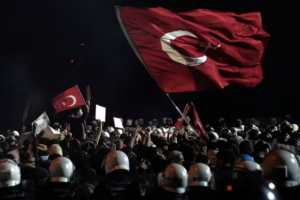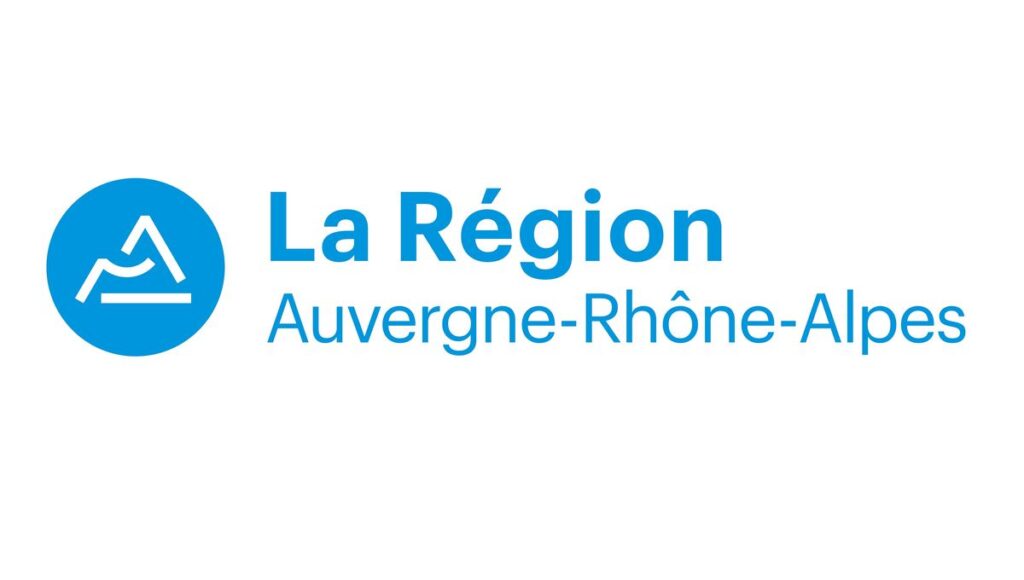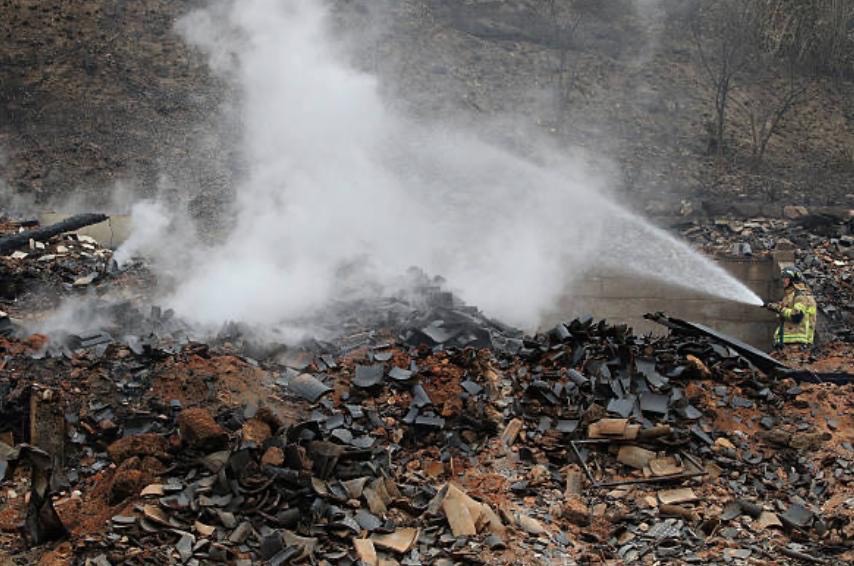The wildfire in South Korea started on March 22, 2025, in Uiseong County and quickly spread across North and South Gyeongsang provinces. Fueled by dry weather and strong winds, the fires burned about 48,000 hectares of land and destroyed around 4,000 buildings, including homes, factories, and cultural landmarks.
At least 30 people lost their lives, and 37 were injured. Many of the victims were elderly residents who struggled to evacuate in time. Over 37,800 people were forced to flee their homes, taking shelter in temporary facilities.
While the main fire is now under control, smaller blazes continue to flare up, keeping emergency crews on high alert.
Government response and corporate contributions
Acting President Han Duck-soo referred to the situation as causing « unprecedented damage ». He emphasized the need to mobilize all available resources to fight the fires. The government responded by designating the affected areas as disaster zones, allowing for the rapid allocation of emergency support. This included deploying thousands of firefighters, military forces, and helicopters.

In addition, President Han Duck-soo confirmed that the government would provide financial assistance to those displaced by the fires.
On March 30, Finance Minister Choi Sang-mok announced that the government would request a supplementary budget of 10 trillion won ($7.4 billion) to address critical needs, including wildfire recovery efforts and potential trade challenges.
In addition to government support, major corporations have stepped up to aid recovery efforts. Hyundai Motor Group, SK Group, and LG Group each donated KRW 2 billion (approximately US$1.26 million) to assist with recovery efforts. Lotte Group contributed KRW 1 billion, and Shinsegae Group offered KRW 500 million. Along with these donations, the companies provided various services and equipment, including eight vehicles and essential items. Additionally, SPC Group and Oriental Brewery sent bottled water to the affected regions.
Impact on cultural heritage
The wildfires inflicted severe damage on cultural heritage sites, underscoring the profound loss to South Korea’s historical legacy. The historic Gounsa Temple in Uiseong County, established in 681 AD during the Silla Dynasty, suffered extensive destruction. Out of its 30 buildings, 20 were burned, including the Yeongsu Hall and Gaunru Pavilion, both designated national treasures. Gounsa Temple was renowned for its collection of ancient Buddhist scriptures and artifacts, many of which were fortunately relocated to safer locations before the fire intensified.
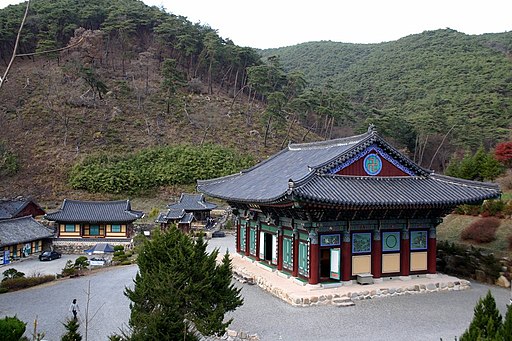
The Hahoe Folk Village, a UNESCO World Heritage Site located in Andong City, faced imminent danger as flames approached its vicinity. Established in the 16th century during the Joseon Dynasty, Hahoe Village is celebrated for its well-preserved traditional Korean houses (hanok) and its rich cultural traditions, including the Hahoe Mask Dance. Authorities implemented protective measures, deploying large water cannons and mobilizing firefighting personnel to safeguard the village’s invaluable structures.
Man suspected of sparking the wildfire in South Korea amid dry and windy conditions
In recent years, South Korea has faced several major wildfires. In April 2023, wildfires in Gangwon Province caused widespread damage, with thousands evacuated. The 2022 Uljin and Samcheok fires were similarly devastating, forcing over 10,000 people to flee. In 2020, southeastern areas also saw significant fires, though they were less severe.
In 2024, South Korea experienced unusually dry weather with below-average precipitation, creating favorable conditions for wildfires. Strong and dry winds further fueled the rapid spread of the fires, complicating containment efforts. Experts have highlighted climate change as a contributing factor to the increasing frequency and intensity of such disasters.
Authorities are now investigating a 56-year-old man suspected of starting one of the recent wildfires in Uiseong County, North Gyeongsang Province. According to reports, he was burning tree branches while clearing his relatives’ gravesites when strong winds carried the flames, sparking a massive fire.
The man has been arrested, but he denies responsibility for the fire. Authorities will question him once their investigation is complete, a process expected to take over a month.

